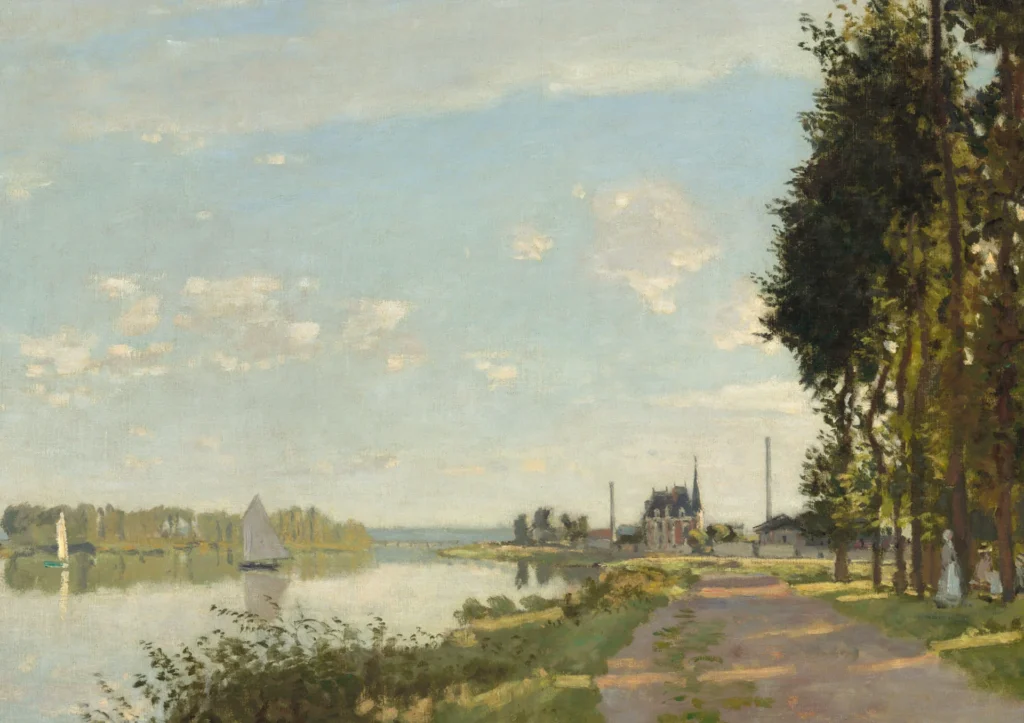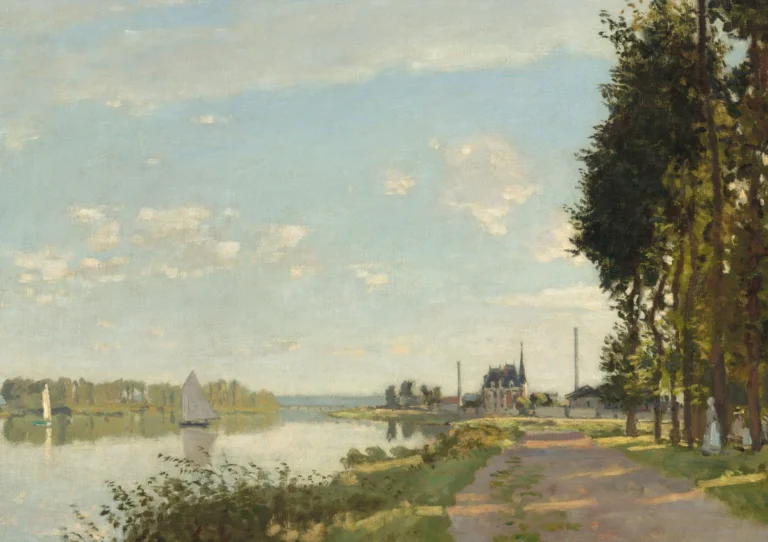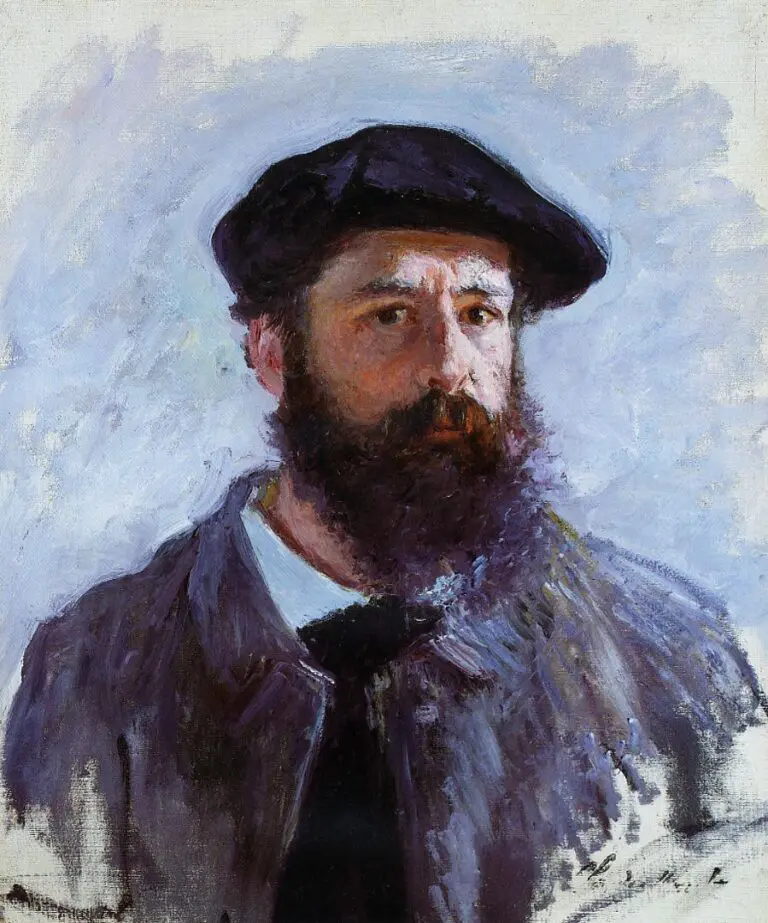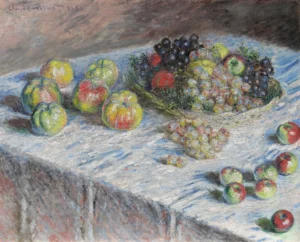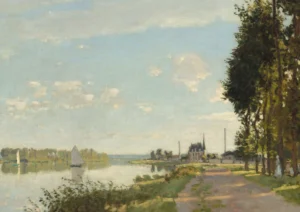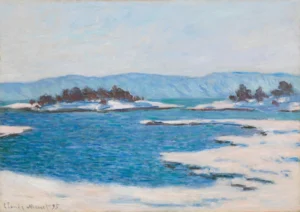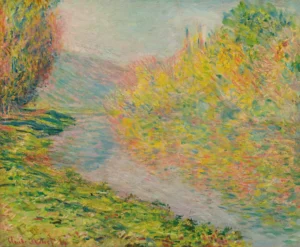Argenteuil (1872)
Claude Monet's Argenteuil paintings, crafted around 1872, showcase the picturesque suburban environment of Argenteuil, France, where he resided post-war. Influenced by British painters, Monet’s works from this time exhibit a unique blend of tranquility and dynamic light. Through two notable pieces, 'The Petit Bras of the Seine at Argenteuil' and Argenteuil at the National Gallery of Art, the artist's mastery of composition, atmosphere, and nature becomes clear, marking a pivotal moment in the evolution of Impressionism.
1872
About the Artwork
In December 1871, Claude Monet arrived in Argenteuil, which would serve as a crucible for his Impressionist explorations. His time there represented a crucial pivot in his artistic journey, as he sought inspiration from the charming landscapes and activities along the Seine. This suburban locale sparkled with leisure, from idyllic regattas to serene riverbanks, and became the backdrop for some of his most evocative works. Monet's experimentation with light and color allowed him to capture the ephemeral qualities of nature, paving the way for future generations of artists. The Argenteuil paintings highlight not only the beauty of the setting but also Monet's emerging style that distinguished him as a leading figure of the Impressionist movement, shifting the art world towards modernity.
Did You Know
Monet often painted from his boat, which he used as a floating studio. This unique perspective allowed him to capture the changing light and reflections on the water, leading to some of his most stunning compositions.
Monet’s time in Argenteuil came after the turmoil of the Franco-Prussian War. Seeking a tranquil environment to heal and create, he found profound beauty in the everyday scenes of life by the Seine.
Initially, the early Impressionist works, including those from Argenteuil, faced criticism and misunderstanding. However, they gradually gained recognition thanks to the support of art dealer Paul Durand-Ruel, who showcased Monet’s work to a broader audience.




